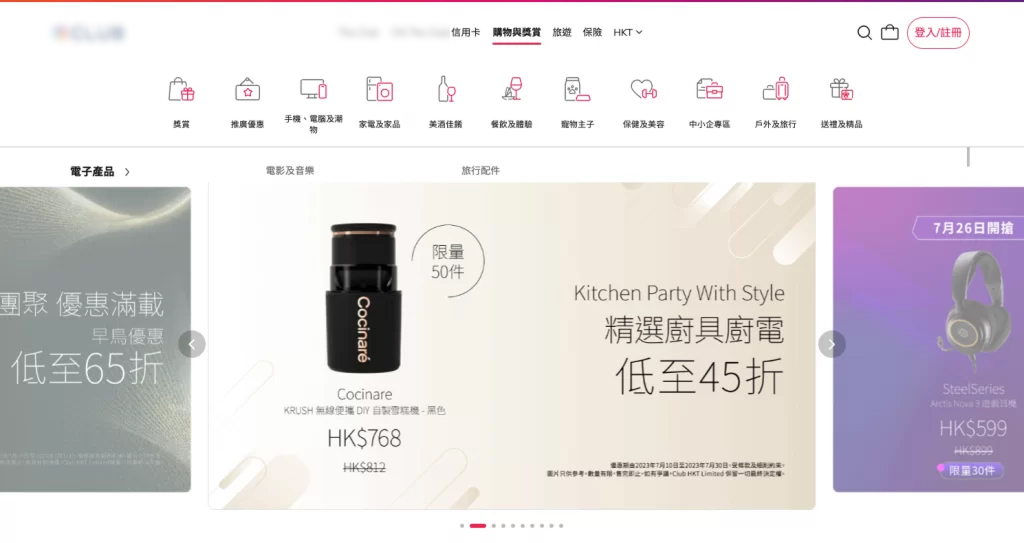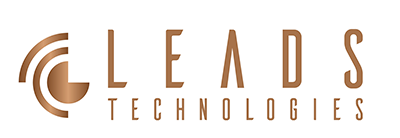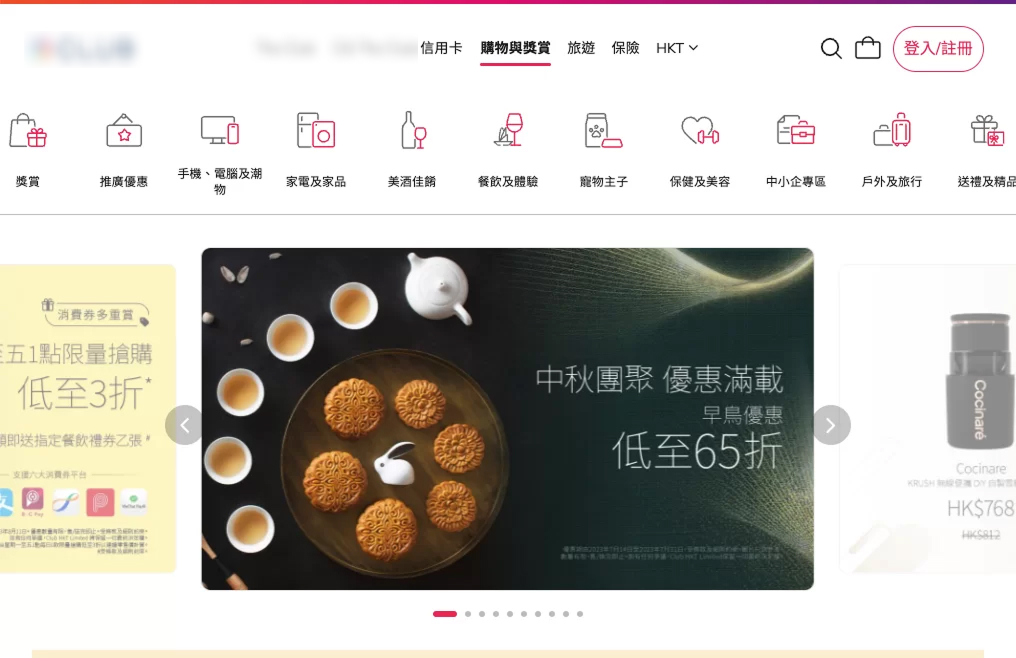
From Fragmentation to Integration: A Major E-commerce Platform Implements Adobe for a Unified Digital Experience
Customer Introduction:
The client is a membership-based e-commerce platform where users earn points through daily spending to redeem rewards and enjoy exclusive deals. Covering categories like travel, electronics, and dining, it partners with multiple brands to create a robust member ecosystem. Through its website and app, it delivers personalized recommendations and promotions, driving engagement and conversions.
Solution: AEM Sites, Adobe Commerce (Magento), Adobe Target
1. Customer Challenges and Project Background
This major e-commerce platform based in Hong Kong has a large membership base and a robust rewards program, frequently collaborating with various brands to offer exclusive deals. As the business expanded rapidly, its original digital infrastructure began to struggle, making it difficult to support increasingly complex operations.
They faced several key pain points:
- Their main site, shopping mall, and sub-sites used different systems, causing content fragmentation and inconsistent brand presentation.
- The original platform lacked multi-brand and membership tiering capabilities, limiting marketing flexibility.
- There were no personalized recommendations or audience segmentation tools, resulting in missed conversion opportunities.
To resolve these issues, the client opted for a full upgrade by adopting Adobe Commerce, AEM, and Adobe Target. Their goal was to build an integrated, scalable digital platform capable of delivering truly personalized experiences—marking their transformation from a fragmented to a unified architecture.
2. Solution Overview: Building a Flexible, Efficient, and Personalized Digital Experience Platform
To address the past challenges of fragmented systems, inefficient management, and the lack of personalized marketing, we customized a solution using three core Adobe platforms: Adobe Commerce, Adobe Experience Manager (AEM), and Adobe Target. These platforms respectively tackle e-commerce operations, content management, and personalized recommendations, creating an integrated and highly flexible digital experience framework.
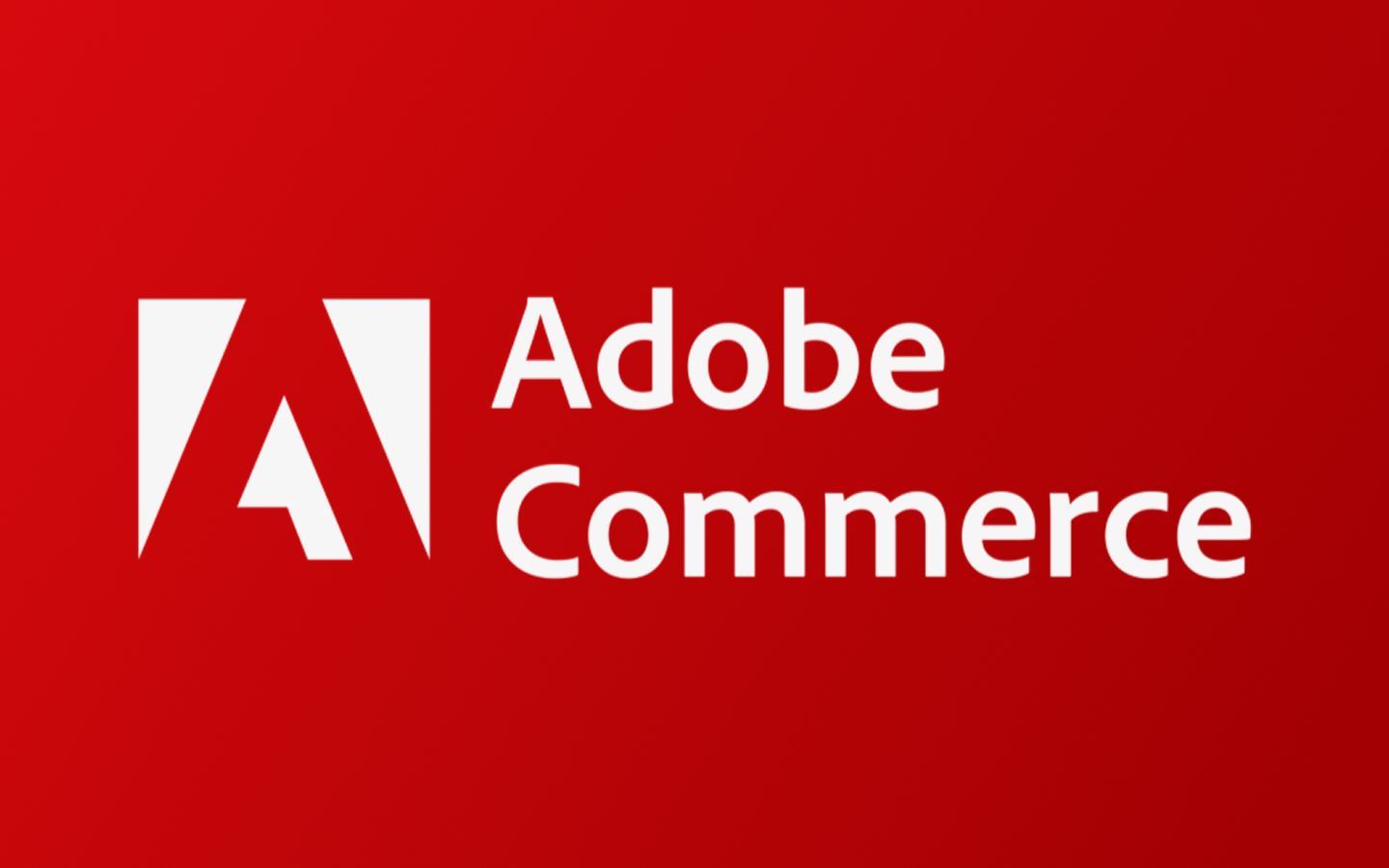
Adobe Commerce: Rebuilding the E-commerce Infrastructure
Adobe Commerce served as the core of the new mall system. We helped the client design a flexible, scalable e-commerce architecture that supports multi-brand operations and tiered memberships. Key achievements included:
- Centralized management of multiple brand stores and product logic, significantly reducing backend complexity and operational costs.
- Support for membership segmentation and tiering, enabling more dynamic promotional settings.
- Integration with the Club Core membership database to enhance personalized marketing and repeat purchases.
- Support for multiple promotional rules and campaign strategies, allowing the marketing team to respond swiftly to market changes.
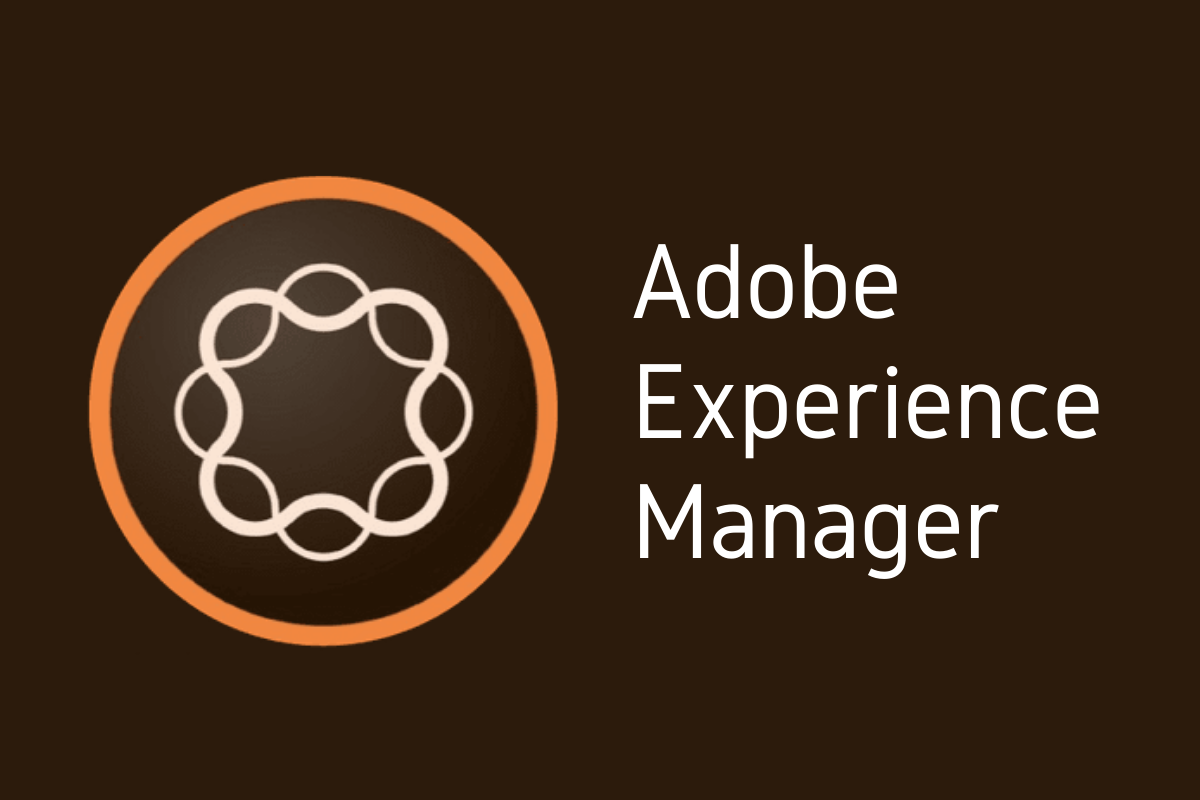
Adobe Experience Manager (AEM): Unifying Content and Brand Experience
AEM was implemented as the centralized content management system to consolidate the previously separate websites, mall, and campaign sites. This resolved issues with slow updates and inconsistent design while improving operational efficiency. Key benefits included:
- Centralized content management enables cross-site updates, reducing maintenance costs.
- Consistent visual design enhances brand coherence and delivers a smoother user experience.
- Modular content editing with drag-and-drop features reduces reliance on developers and speeds up campaign launches.
- Seamless integration with Adobe Commerce allows content and products to coexist on the same page naturally.
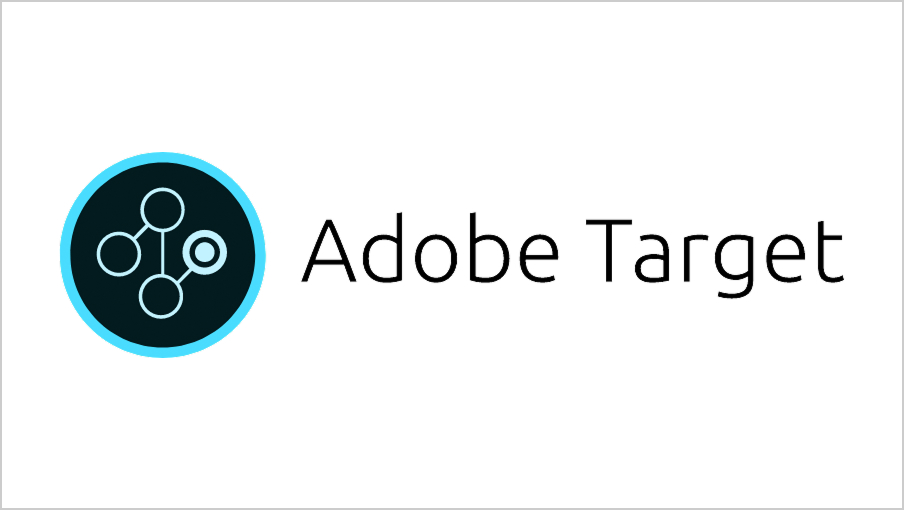
Adobe Target: Enabling Real-Time, AI-Driven Personalization
Finally, we helped the client implement Adobe Target to connect member behavior with product recommendations, fulfilling the vision of showing different content to each user. Key results include:
- Flexible audience segmentation rules allow real-time classification and targeting based on user data and behavior.
- A/B/n testing verifies the effectiveness of different designs and promotional versions to quickly identify the best-performing options.
- AI-powered Recommendations engine automatically suggests content or products based on individual user interests.
- The Auto-Allocate feature dynamically shifts traffic to top-performing versions using live data, without human intervention.
3. Three Key Personalization Use Cases
After implementing Adobe Target, the client began applying more flexible personalization strategies across different scenarios, using A/B testing and AI-powered recommendations to optimize the overall experience. Here are three representative use cases they deployed:
Use Case 1: Homepage Visual A/B/n Testing with Auto Traffic Optimization
On the homepage banners of both the website and the app, multiple visual themes were designed, such as:
- Member-exclusive promotions
- Hot-selling 3C products
- Limited-time offer notifications
Initially, the system randomly displayed different banner versions and enabled the Auto-Allocate feature, allowing Adobe’s AI to automatically learn the performance of each version and direct more traffic to the top-performing one. This approach helped the client quickly identify the most effective design for driving conversions, increasing both click-through rate and average order value.

Use Case 2: Segmented Content Based on Membership (Co-branded Card Campaign)
Based on whether a member has a co-branded credit card, the system automatically segments them into two groups:
- Cardholders: Shown content like “Exclusive 4% Cashback” and other cardholder-specific benefits
- Non-cardholders: Shown messaging such as “Apply now and get 4,000 bonus points” for recruitment
This type of identity-based content display made offers feel more relevant to each user, successfully boosting the conversion rate for co-branded card applications.

Use Case 3: Smart Product Recommendations on Product Pages
When users browse a particular product (e.g., in the 3C category), AI-generated product recommendations or popular bundles automatically appear on the right side, such as:
- “Other customers also bought this accessory”
- “You might also like”
These recommendations require no manual setup—they are automatically generated based on a member’s browsing history, purchase behavior, and preferences of similar users. As a result, not only did cross-sell rates improve, but user session duration and interaction frequency also increased significantly.
4. Client Feedback
After project completion, the client gave highly positive feedback on our collaboration. They specifically praised the seamless integration between AEM and Adobe Commerce, which successfully unified the e-commerce platform and content pages—resulting in a smoother browsing and shopping experience.
The client highlighted our team’s expertise in developing AEM templates and components, and the effective use of AEM SPA React architecture combined with Magento GraphQL. This allowed AEM pages to directly present product information and support shopping functions, enhancing the website’s interactivity and operational efficiency.
They described the collaboration as a very successful partnership and strongly recommended us as a trustworthy IT solutions provider:
“Leadstec assists us in the development of AEM templates and components using the AEM SPA React Framework, as well as the integration of AEM and Magento using Magento graphQL, allowing AEM pages to display e-commerce products and implement shopping functions, and providing users with a seamless online shopping experience. It is a successful partnership with Leadstec and I highly recommend Leadstec as your IT service partner.”
This endorsement from a real client not only affirms our technical capabilities but also inspires us to continue delivering successful digital transformation results for more enterprises.
5. Outcomes and Benefits
After implementing the full Adobe solution suite, the client not only resolved system management issues but also significantly improved marketing performance and business results. Here are the key outcomes within six months of launch:
Improved Operational Efficiency
- After integrating the official website and e-commerce platform into AEM, content update speed tripled. Marketing campaigns now go from design to launch in just 1–2 days (previously 5–7 days).
- IT support demand dropped by over 40%, allowing the team to focus more on digital strategy and marketing optimization.
Enhanced Marketing with Personalization
- After implementing homepage A/B/n testing and recommendation modules via Adobe Target:
- Main banner click-through rate (CTR) increased by 20%
- Conversion rate among members shown recommendations rose by 15% - Segmented push notifications for co-branded credit card campaigns led to a 21% increase in application conversions.
Better User Experience and Engagement
AEM and Commerce integration enhanced website performance:
- Product page load time reduced by approximately 45%
- Average time on site increased by 18%
- Average pages viewed per visitor rose to 4.2 (a 25% growth)
Growth in Sales and Member Engagement
- Cross-sell conversion rate in the product recommendation zone increased by 29%
- Average order value (AOV) increased by about 17%
- Monthly login frequency among active members grew by 26%, contributing to higher repurchase rates
